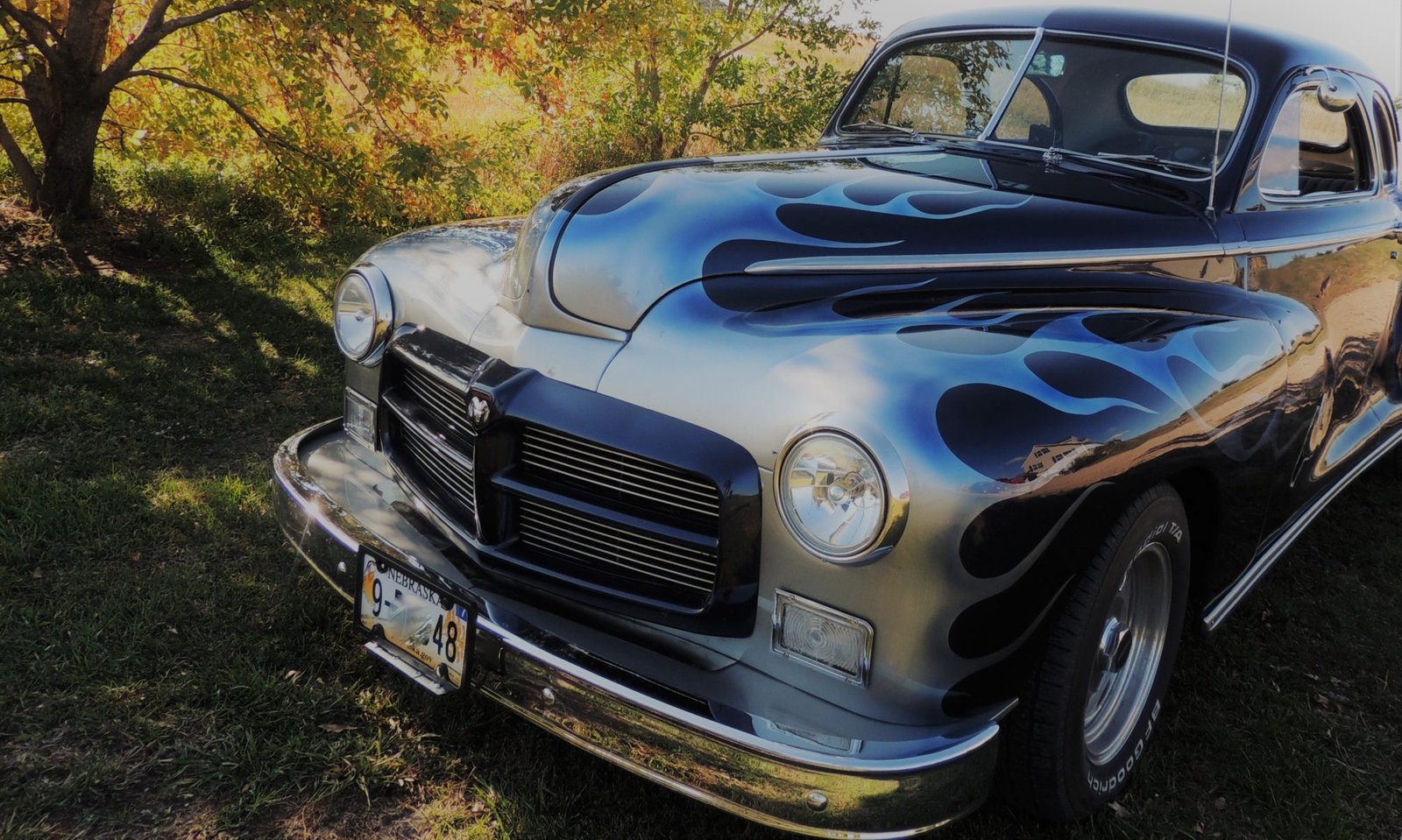Someone asked me the other day why I’ve never mentioned Carhenge on this website. For the record, I love Carhenge, that ultimate example of repurposing located in Nebraska’s Sandhills, but I try to avoid re-hashed information and, let’s face it, Carhenge has been written about extensively.
In case there is someone not familiar with this particular tourist attraction, Carhenge is a built-to-scale replication of England’s Stonehenge using cars in place of stones, and it is absolute genius. The artist behind the creation is a man named Jim Reinders, and he actually spent time in England studying Stonehenge. According to the Carhenge website, Reinders and some family members created the sculpture in 1987 as a memorial to Reinders’s father. Reinders said it was built with “blood, sweat and beers,” as many of the best things are.

The “heel stone” is represented by a ’62 Cadillac, but there is a wide variety of automobiles used throughout the installation, everything from a Gremlin, to a Willys Jeep Truck to a 1960 Plymouth with enormous tailfins:


The site is popular with tourists, as it should be, and has high ratings on Trip Advisor. It also received a Traveler’s Choice award for 2020 from that online travel company. Here is the funny part though, many people hated it when it was first built and were hellbent on destroying it.
Even though the sculpture was located two miles outside of town on private property, the members of the local Planning Commission got their panties in a twist because the land was (gasp) zoned for agricultural use and, obviously, those arbiters of all that is good and tasteful just didn’t appreciate the pile of old automobiles marring the landscape. In August of 1987, Reinders even received a letter from a Nebraska Assistant Attorney General informing him that his creation was considered a junkyard under state statutes, that it was not in an area zoned for junkyards, and that he had until the following Saturday to tear it down. Nebraska is a large state, and I do not know why some squishy bureaucrat located 367 miles away in the state capital inserted himself into the situation.

Luckily, this unique and quirky attraction found a degree of local support. A group call “Friends of Carhenge” was founded, concessions were made to soothe the fragile egos of the government officials, and Carhenge is now an award winner and a triumph for the little guy. I read an article from the following year, 1988, in which Reinders found one more hilarious way to tweak the bureaucrats. He told the reporter that he was planning a trip to China and was considering constructing a “Great Wall” out of cars in Nebraska for his next project. Fantastic.


